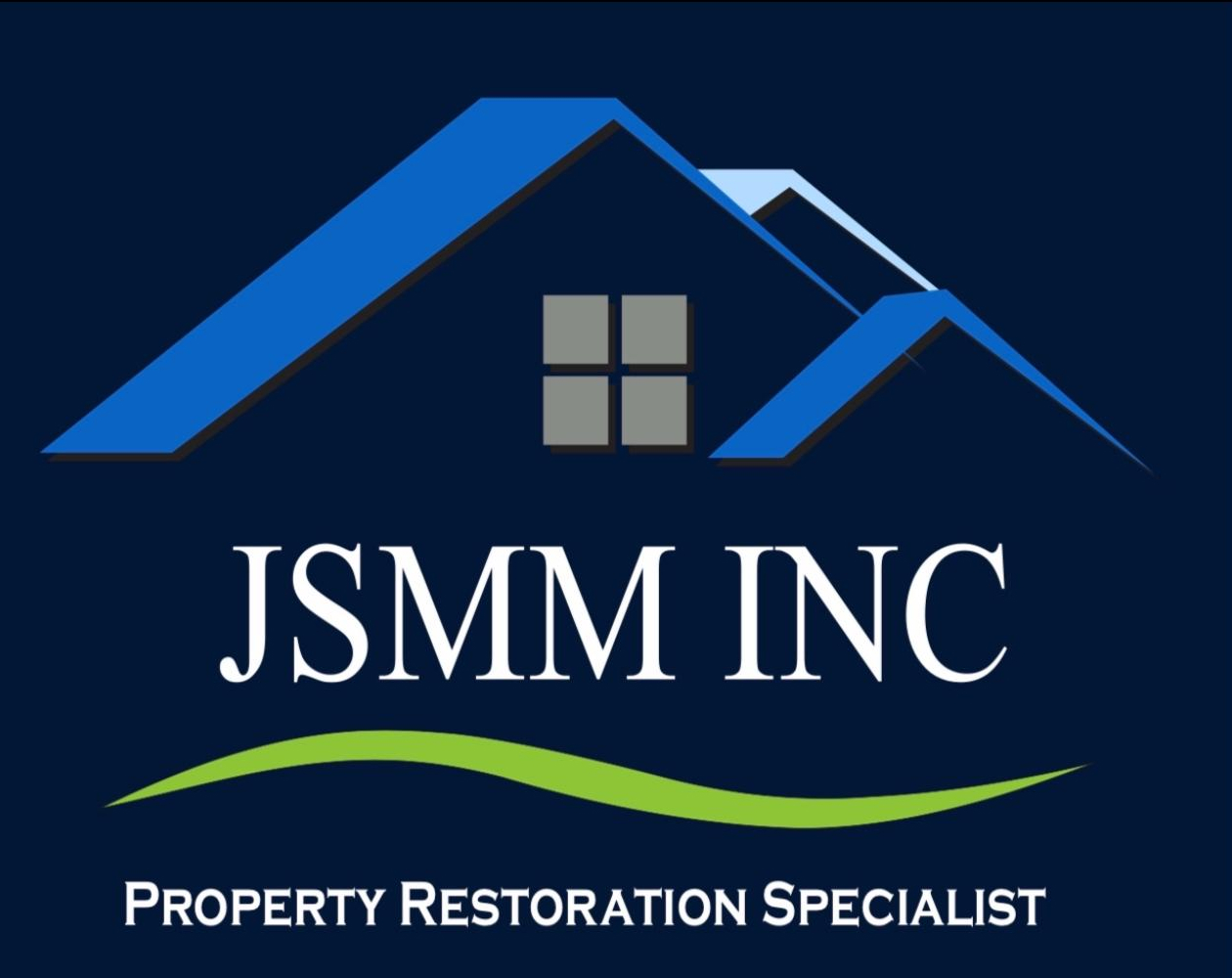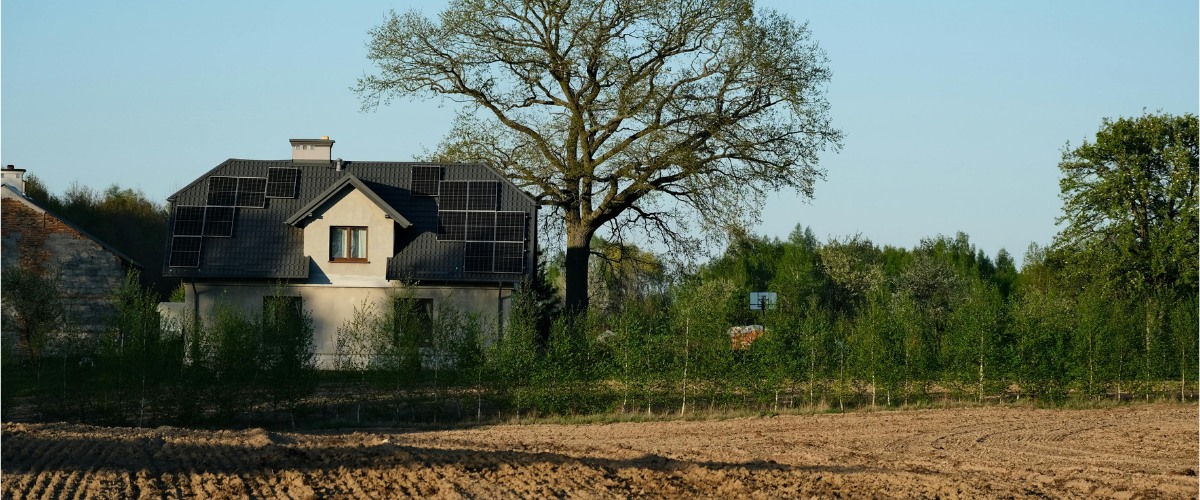Eco-friendly roofing refers to sustainable materials and designs that reduce energy use, minimize waste, and increase a roof’s lifespan, saving money while helping the environment. In short, eco-friendly roofing protects your property and the planet.
In today’s evolving building landscape, choosing an eco-friendly roofing solution is more than just a trend; it’s a wise investment that brings environmental, economic, and aesthetic benefits.
At JSMM Inc., we believe in offering roofing options that protect not just your property, but also the planet. In this blog, we’ll explore what eco-friendly roofing means and show how working with experienced professional roofing contractors in Illinois ensures you get the best result.
Table of Contents
ToggleWhat Does "Eco-Friendly Roofing" Really Mean?
When we talk about ecofriendly roofing, we’re referring to roofing materials and systems that reduce environmental impact across their life cycle, from raw material extraction, manufacturing, installation, operation (energy/savings), to disposal or recycling. Key features typically include high recyclability, minimal waste, energy-reflective or energy-generating properties, and long lifespan with low maintenance.
As you evaluate your next roof replacement or new build, understanding this definition helps you see past marketing buzzwords and ask the right questions: “How many recycled materials does this roof contain? What is its reflectivity? How long will it last? What are the maintenance demands?”
Why It Matters for Homeowners & Commercial Property Owners
For both homeowners and commercial property owners, the roof is one of the largest surfaces exposed to the elements and one of the biggest opportunities for savings. An eco-friendly roof can lower heating and cooling bills, improve building comfort, reduce landfill waste (via recyclable materials), and support sustainable building practices.
In commercial settings, it can contribute to LEED or other green building certification goals, help control stormwater (in the case of a living roof), and improve property value. From a homeowner’s viewpoint, it can boost curb appeal, reduce utility bills, and position your home as forward-thinking and energy-smart.
Top Sustainable Roofing Options to Consider
Metal Roofing
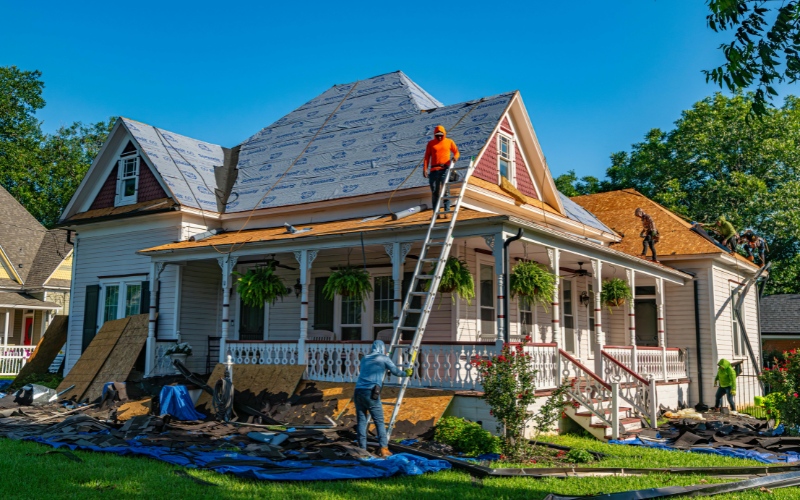
- Long lifespan (40-70 years typical), which means fewer replacements and less material waste.
- Excellent reflectivity when finished in light/“cool” colors, reduces heat absorption, and lowers air-conditioning load.
- Suitable for both residential and commercial projects, making it a versatile choice.
- Some considerations: upfront cost may be higher than standard asphalt shingles; proper installation is key to avoiding issues like noise or expansion.
- From the perspective of your project with JSMM Inc., it's ideal when you want to highlight a premium, long-term roofing solution for your home or commercial building.
Cool Roofs (Reflective Finishes)
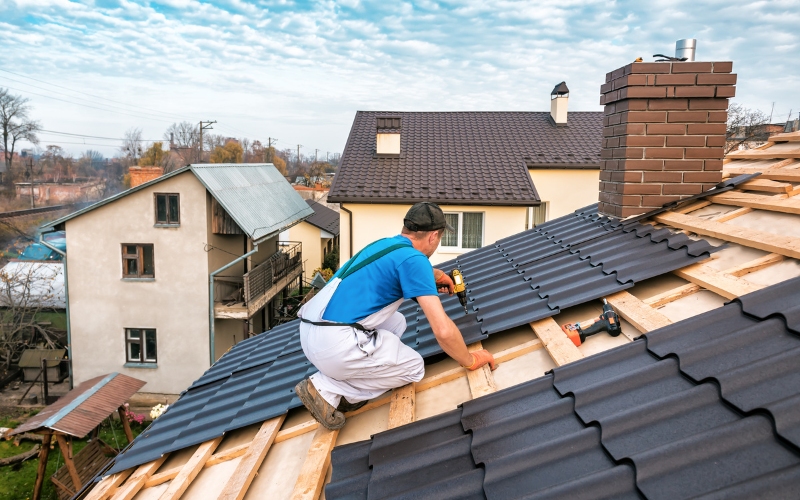
- Reduces attic and roof deck temperatures, which lowers the burden on HVAC systems.
- It can often be applied as a special coating over existing roofing materials (depending on condition), possibly lowering replacement cost.
- Works well in commercial settings where large roof areas and energy savings matter.
- Fit for a U.S. homeowner or property owner looking to reduce cooling costs and extend roof life.
Recycled Shingles / Roofing Made with Recycled Content
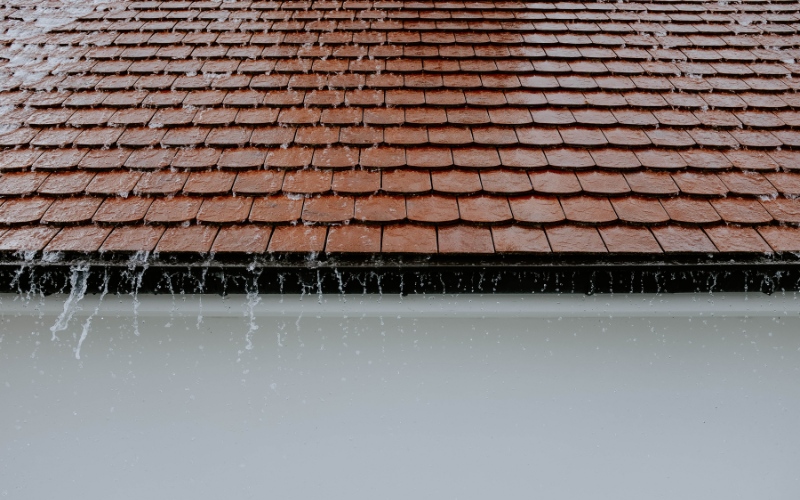
- Less waste sent to landfills, reduced manufacturing energy.
- May resemble traditional asphalt/shingle look, making for an easier aesthetic match.
- Longevity may vary, so selecting a high-quality product and a proper installer (such as JSMM Inc.) is important to ensure performance.
- Great option for homeowners or commercial property owners who like conventional looks but want greener choices.
Solar Roofing / Photovoltaic-Integrated Roofs
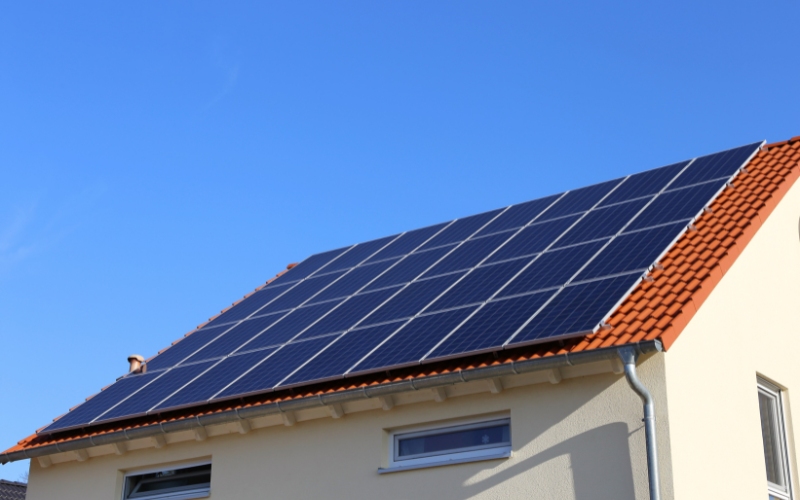
- Roof becomes double-duty: covers the building and generates electricity.
- It can significantly reduce utility bills and dependency on grid power.
- Higher upfront cost; viability depends on roof orientation, sun exposure, and structural support.
- Ideal for commercial property owners with large roof surfaces or homeowners committed to long-term ROI and sustainability.
Living Roofs (Vegetated / Green Roof Systems)
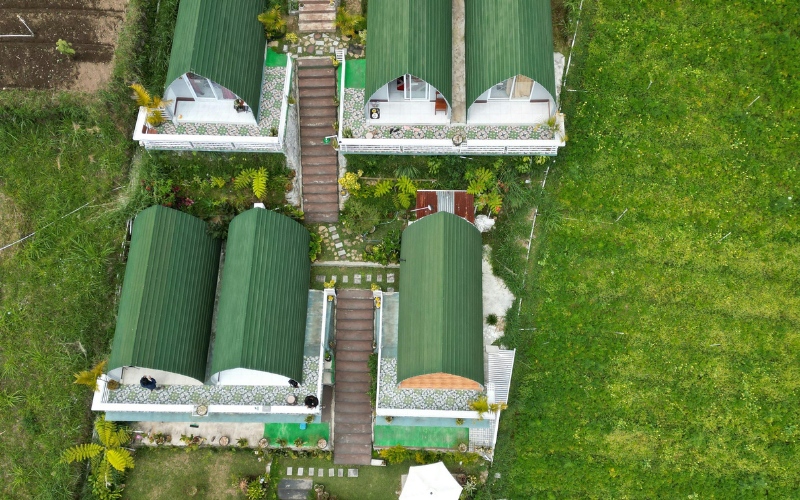
- Excellent for flat or low-slope commercial roofs; also possible for residential if the structure supports the load.
- Reduces runoff, absorbs heat, and extends roof life by protecting the membrane from UV.
- Requires more design and maintenance (irrigation, plant upkeep), a trade-off.
- Consider buildings with emphasis on sustainability or where a natural aesthetic is desired.
Natural Materials (Clay, Slate, Wood, Tile)
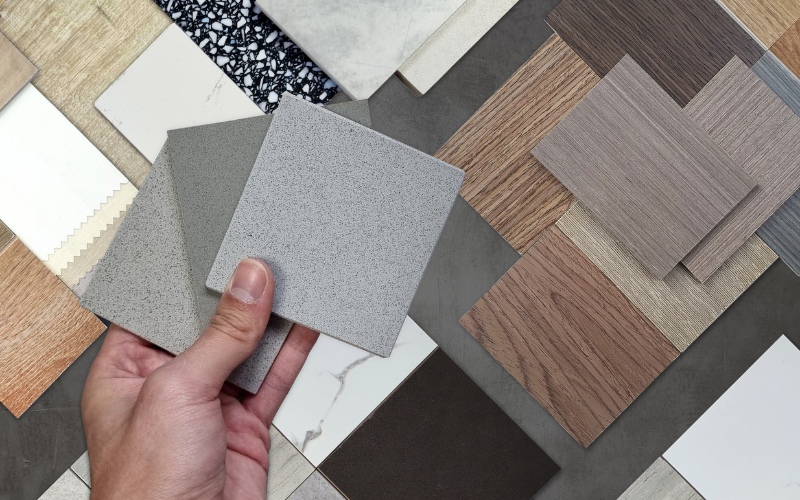
- Clay and slate tiles can last 50-100+ years, meaning fewer replacements, less waste.
- Sustainably-harvested wood shakes can be a natural and renewable option (though maintenance is higher).
- Weight, cost, and structural demands can be higher; it is important to evaluate your building's capacity and budget.
- Good for homeowners who value design and long-term durability.
The Benefits of Going Eco-Friendly with Your Roof
- Lower energy bills: Reflective, insulated, or solar-enabled roofs reduce HVAC load and electricity consumption.
- Extended roof lifespan: Quality sustainable materials often last longer, reducing the frequency and cost of replacements.
- Reduced environmental footprint: You'll use fewer virgin materials, reduce waste sent to landfills, and may generate renewable energy.
- Improved property value and marketing appeal: Sustainable features add value and appeal to buyers.
- Enhanced building comfort and performance: Better insulation, less heat gain, and, in the case of green roofs, improved acoustics and aesthetics.
- Compliance with green building goals: For commercial property owners, sustainable roofing may help with LEED certification, ESG reporting, or other sustainability mandates.
Frequently Asked Questions
What is the most eco-friendly roof material?
Are eco-friendly roofs more expensive?
Can I retrofit an existing roof with eco-friendly options?
Conclusion
Sustainable roofing is no longer a niche concept; it’s a mainstream, smart, long-term decision for homeowners and commercial property owners alike. From metal roofing and cool roof finishes to solar integrations and full-blown green roof systems, the options are diverse, effective, and socially responsible. By working with trusted professionals like JSMM Inc., you ensure your roof delivers both performance and purpose. Choose an eco-friendly roofing option today and invest in a future that protects your building, your budget, and our environment.
Start Your Eco-Friendly Roofing Project with JSMM Inc.
Ready to upgrade your roof and make a lasting impact? At JSMM Inc., our expert team helps homeowners and businesses choose sustainable, high-performance roofing options that fit your budget and vision. Contact our professional roofing contractors today to learn how our residential roof replacement in Illinois can transform your property while protecting the planet.

